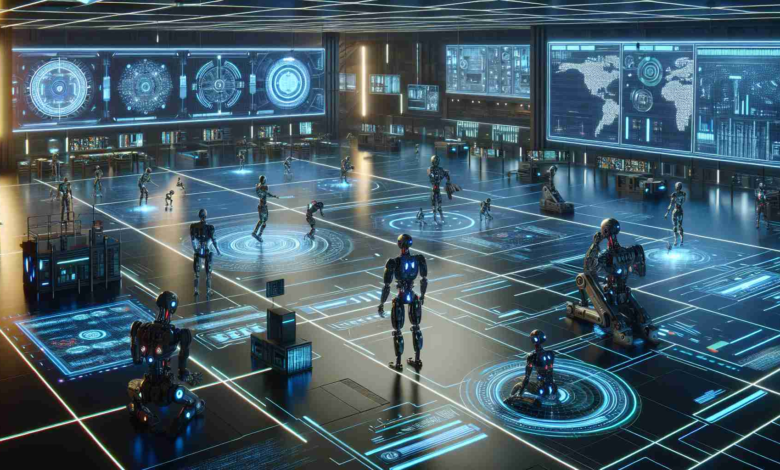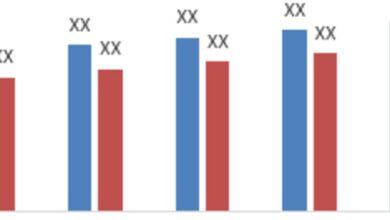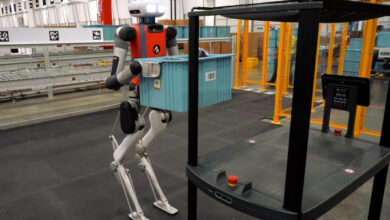Revolutionary Virtual Training Ground for Robots Inspired by Sci-Fi

Innovative research at the University of Pennsylvania has led to the development of a sophisticated simulation system reminiscent of the famed Holodeck from the Star Trek series. This advanced platform is designed to create diverse and realistic 3D environments for robotic training, a groundbreaking step that could revolutionize the way robots learn and prepare for functioning in the real world.
**Summary:**
Scientists at the University of Pennsylvania have unveiled a ‘Holodeck’ for robots, which could transform robotic training. Unlike the fictional Star Trek device, this system doesn’t bring fictional characters to life but instead creates detailed simulations where robots can gain practical experience. Employing Sim2Real training, the technology allows robots to rehearse navigation and object manipulation in a variety of virtual environments before being deployed in real settings, thus enhancing efficiency and safety.
The traditional method of crafting virtual training environments by hand has been tedious and limited. Penn Engineering has overcome this by implementing a machine-learning AI that draws upon extensive databases of interior design and spatial arrangements. This AI can generate nuanced environments upon request using simple natural language commands, drastically reducing the time and resources required for simulation creation.
Robots trained in these Holodeck-generated environments have a distinct advantage. They are more competent in real-world settings due to their extensive preparatory experiences. For instance, tests have shown a robot proficient at finding a piano in a simulated music room after training with Holodeck scenarios, showcasing the effectiveness of the system. The researchers underlined the potency of this AI-driven approach compared to manually crafted environments, noting the superior realism and complexity achieved with Holodeck.
Future applications of this technology may extend beyond residential spaces, allowing for vast improvements in robotic capabilities across different environments. By providing robots with more sophisticated and realistic experiences before real-world deployment, this technological advancement narrows the gap between science fiction and our present reality, heralding a new era where robots are seamlessly integrated into our daily lives.
Innovative Simulation System for Robotics
In a transformative development at the University of Pennsylvania, researchers have engineered a state-of-the-art simulation system that could redefine robot training. This innovative approach, inspired by the science fiction concept of the Star Trek Holodeck, provides robots with a richly detailed virtual world. These simulated environments are pivotal for robots to practice and hone their skills before they enter real-world applications.
Industry Implications
The technology stands to be a game-changer in the realm of robotics. The industry has long been engaged in seeking ways to enhance the learning curve for robots; a simulation system like the one developed at Penn Engineering provides that edge. In the global robotics market, which is forecasted to grow substantially in the coming years, the ability for robots to be trained more rapidly and with greater sophistication is of considerable value.
Market forecasts indicate a bullish trend for the robotics industry, with experts projecting that the worldwide robotics market could reach well into the hundreds of billions by the end of the decade, driven by advancements in AI, machine learning, and automation. Companies and investors are closely watching for technologies that can secure a competitive edge, and simulation systems for robotic training are certainly among those at the forefront.
Challenges and Issues
With the advent of such technologies, the industry faces several challenges. One of the critical issues is the transferability of skills learned in a simulated environment to the real world, known as Sim2Real transfer. While Penn Engineering’s platform emphasizes this aspect, ensuring a smooth and effective transition of skills remains complex. Additional challenges include cybersecurity concerns, as more sophisticated systems can be vulnerable to attacks, and the ethical ramifications of increasingly autonomous robots in daily scenarios.
Moreover, rapid advances in robotics bring about workforce implications, with a growing need for reskilling and upskilling existing employees to work alongside robots. There’s also a crucial debate around the balance of human and robotic labor, particularly in sectors that could be heavily automated.
Looking Forward
The technology emerging from Penn Engineering is poised to impact not only how robots are trained but also how they’re integrated into various sectors such as healthcare, manufacturing, and even entertainment. The capacity to swiftly and effectively navigate complex environments is necessary for robots to be effective collaborators and companions to humans, and simulation platforms like the Holodeck-inspired system hold the key to unlocking this potential.
As society edges closer to a future where robots become an inherent part of daily life, both the industry and consumers watch eagerly. This technological progression underscores the necessity for ongoing innovation, comprehensive market analysis, and thoughtful discourse on the societal implications. The future may not be so distant when the lines between sci-fi dreams and reality converge, bringing about a paradigm shift in our interaction with robotic technology.
For more information about related advancements and the future outlook of the robotics industry, you can explore links like the IEEE or the International Federation of Robotics. These resources can provide additional insight into the broader technological context and where Penn Engineering’s contributions may fit within the global innovation landscape.

Marcin Frąckiewicz is a renowned author and blogger, specializing in satellite communication and artificial intelligence. His insightful articles delve into the intricacies of these fields, offering readers a deep understanding of complex technological concepts. His work is known for its clarity and thoroughness.



